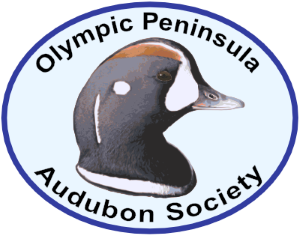Story and photos by Dee Renee Ericks
The increasing sunshine, longer days and warmer temperatures may inspire you to grab your hoe, rake and trimmers. Whoa! Hold your horses!
Spring crocus emerging from leaf litter, home to this year’s bugs and pollinators. Leave the leaves!
Here are some concerns about spring garden maintenance that you may not have considered:
Clearing debris & trimming plants too soon can actually harm bees, butterflies, & other important pollinators!
The first flowers of the year are blooming – wait to mow until late spring or early summer. The earliest flowers are often important food for pollinators.
Birds have started nesting and laying eggs on the ground and in shrubs – watch where you walk and check shrubs for nests before you trim, now through summer.
A junco’s nest lies amid ground cover.
Meanwhile, last year’s leaf litter is still providing protection for both plants and invertebrates against late-season frosts. And butterflies' chrysalides still cling to dried stems and twigs, waiting for the right time to emerge as adults.
Leaf litter adorns emerging spring plants.
Brush, stick, and rock piles are homes for small mammals, amphibians, and birds – if possible, leave the piles where they are. If you must move them, go slowly. Avoid burning piles of debris this time of year as birds may be nesting there.
Last year’s stalks harbor dormant insects that emerge in spring to pollinate flowers and feed birds.
Many pollinating insects are ground dwellers – as you prep your garden, disturb soil only where necessary.
A ground-dwelling bumblebee relishes available pollen.
So when can you unleash your itchy green thumbs and reach for those garden tools?
Wait until daytime temperatures are dependably above 50 degrees. Lawns begin growing when soil temperatures reach 50 degrees. If grass is growing enough to justify regular mowing, it’s probably a safe bet that most pollinators have emerged.
A local dragonfly alights on a grassy lawn.
To find more wildlife habitat tips, visit the Habitat at Home page.
Have you been following our habitat tips? Planting or container-gardening native plants? Providing food, water, and shelter for wildlife? Check out the North Olympic Wildlife Habitat Project to see if your yard qualifies for certification.
Certified Wildlife Habitat sign
Once your yard is certified, a sign is available to post on your property. Proudly show your support for wildlife habitat. Perhaps your friends and neighbors will join the effort!



